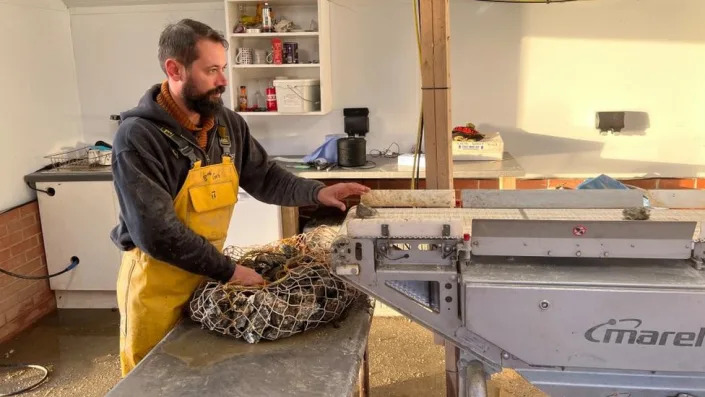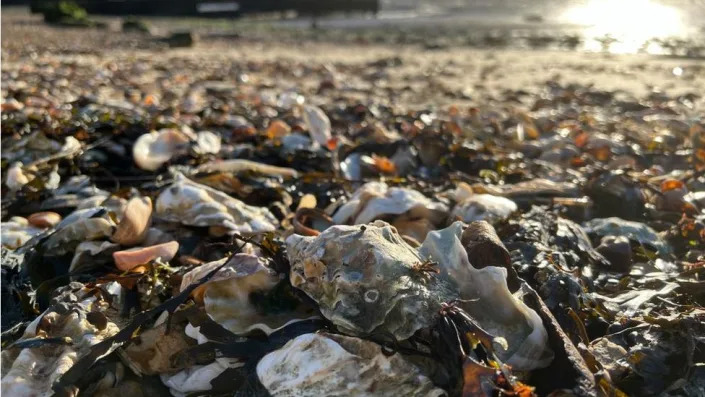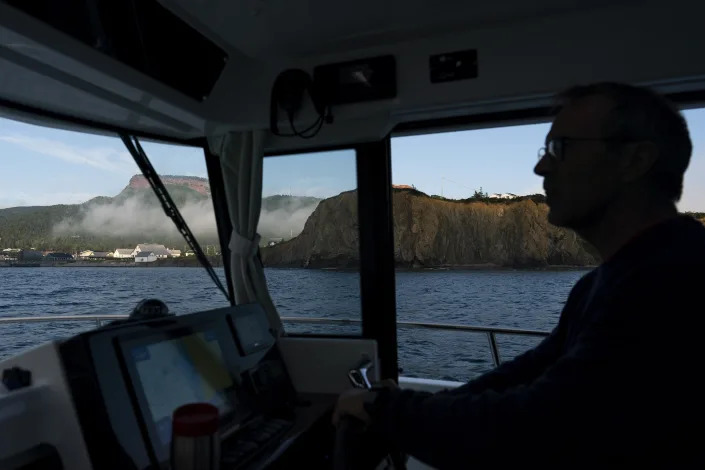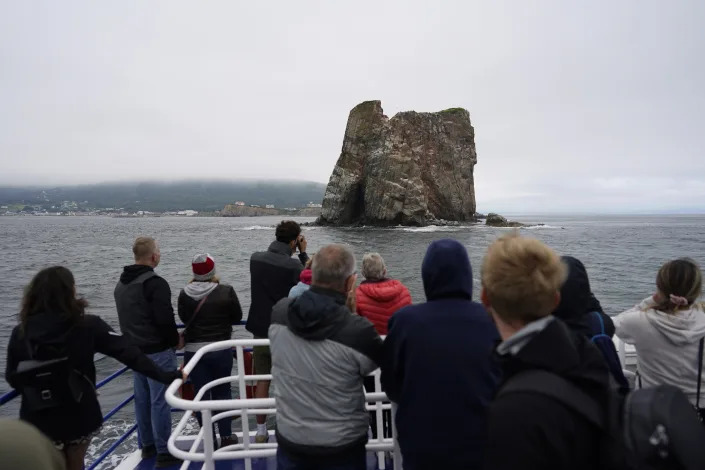Strike misery looms as Border Force, postal and rail staff walk out before Christmas - live updates
Chris Price
Fri, December 23, 2022

Royal Mail postal workers go back on strike today, as they did earlier this month - Katharine Hay/PA Wire
Planes, trains, driving lessons and postal deliveries are set to be disrupted by walkouts in the days before Christmas.
National Highways, Driver and Vehicle Standards Agency (DVSA) and Royal Mail employees are due to take industrial action today.
As they continue their strike into Saturday, they will be joined by rail workers represented by the RMT, Abellio London bus workers, and Environment Agency employees, who will launch separate waves of action.
This follows two days of strikes by NHS staff, as thousands of nurses walked out on Tuesday, and ambulance workers joined picket lines on Wednesday.
Passengers landing in Britain today face the prospect of long queues as thousands of Border Force begin strike action.
More than 250,000 passengers arriving at UK airports have been warned to expect delays amid walkouts from the Public and Commercial Services (PCS) union.
The walkout will affect travellers at Heathrow, Birmingham, Cardiff, Gatwick, Glasgow and Manchester airports, and the port of Newhaven in East Sussex.
Read the latest updates below.
08:04 AM
Markets open down
Markets in London opened down, following the direction of US markets overnight, even as many traders headed off for the Christmas break.
US markets plummeted following stronger than expected economic figures, which could mean the US Federal Reserve keeps pushing up interest rates.
The FTSE 100 opened down 0.3pc to 7,472.35 while the FTSE 250 dropped 0.6pc to 18,751.40.
07:42 AM
Musk vows not to sell Tesla stock for two years
Elon Musk has pledged not to sell any more Tesla shares for two years, having offloaded $40bn (£33.2bn) of stock in the electric vehicle maker over the last 12 months.
Tesla's share price has plummeted 69pc this year and this week it was forced to slash prices.
Mr Musk's sale of stock came as he needed to fund his $4bn (£35bn) takeover of Twitter.
During a Twitter spaces session, he said: "I won't sell stock until - I don't know - probably two years from now, definitely not next year under any circumstances, and probably not the year thereafter."
Car production rises in November
Car production increased in the UK last month, according to the latest figures from the Society of Motor Manufacturers and Traders.
More than 80,000 vehicles were made in November, a 5.7pc increase on the previous year.
However, exports fell by 5pc as the gloomier outlook for the global economy and a stronger pound impacted sales.
In all, 723,846 cars have been produced so far this year, which is down 9.2pc.
07:15 AM
Border Force strike set to bring misery to 500,000 travellers

Border Force workers check the passports of passengers arriving at Gatwick - Oli Scarff/Getty Images
Strikes by Border Force staff are set to cause misery for up to half a million travellers arriving in the UK ahead of Christmas.
Senior news reporter Neil Johnston has the details:
Families with young children could face the worst of the disruption today as a week-long strike by 1,000 passport staff at six airports, including Heathrow, begins.
The walk-out will coincide with a strike by thousands of rail workers on Christmas Eve, which will see trains to and from major airports halt from mid-afternoon.
Airports say most adults will be able to use electronic gates rather than waiting for manual checks by military personnel and volunteers standing in for striking workers. However, children under 12 are not able to use the scanners.
View our strike action calendar here.
For many of you it will be the last working day before the Christmas break.
It could also be a working day disrupted by strike action.
Thousands of union members are on strike today and tomorrow.
As if that was not enough to bring you some festive gloom, chaos on the markets should leave you feeling postively Grinch-like, as detailed below.
5 things to start your day
1) Bank of England backs Sunak’s crypto dreams despite market meltdown | The Bank of England has thrown its weight behind Rishi Sunak's plan to make Britain a digital currency superpower, despite a market meltdown that has wiped more than £1 trillion off the value of crypto.
2) Japan’s Christmas bombshell risks setting off another European credit crunch | Japan is the world’s top creditor with $3.6 trillion (£3 trillion) of net assets overseas. It is the marginal buyer of British, eurozone, and American debt, and a central pillar of the international bond market.
3) Britain faces spike in divorces and unhappiness next year as wages fall below those of France | Divorce rates will climb at the fastest pace since 1971 and unhappiness will reach the highest levels since record began next year, as British workers get poorer than the French.
4) Asda sounds alarm over Ulez expansion as MPs call for Sadiq Khan to ditch it | Sadiq Khan is facing a growing parliamentary backlash over plans to expand the ultra low emission zone in London, as it emerged that Asda had raised concerns about the impact on its staff.
5) Diesel generators ready to power NHS and military as blackouts loom | As the frost chills the ground, Britain’s data centre operators are preparing for a long, testing winter to keep millions connected through the dark and cold.
What happened overnight
Shares declined in Asia on Friday after a retreat on Wall Street driven by fears that strong economic data will lead the Federal Reserve to double down on its interest rate hikes to tame inflation.
Shanghai was flat while other major indexes declined. Trading was winding down with the approach of Christmas and New Year holidays.
Japan reported its core inflation rate, excluding volatile fresh foods, rose to 3.7pc in November, the highest level since 1981, as surging costs for oil and other commodities added to upward price pressures in the world's third-largest economy.
Tokyo's Nikkei 225 index lost 1pc to 26,242.58 and the Hang Seng in Hong Kong shed 0.5pc to 19,578.44. The Shanghai Composite index was unchanged, at 3,054.52 and Australia's S&P/ASX 200 declined 0.7pc to 7,099.70.
In Seoul, the Kospi dropped 1.4pc to 2,323.09. Shares also fell in Bangkok, Mumbai and Taiwan.
Wall Street stocks tumbled on Thursday, closing in a sea of red after data that indicated a strong labour market and better-than-expected economic growth.
The Dow Jones Industrial Average closed 1.1pc down at 33,027.49, while the broad-based S&P 500 Index lost 1.5pc to 3,822.39. The tech-rich Nasdaq Composite Index also plunged 2.2pc to 10,476.12.














